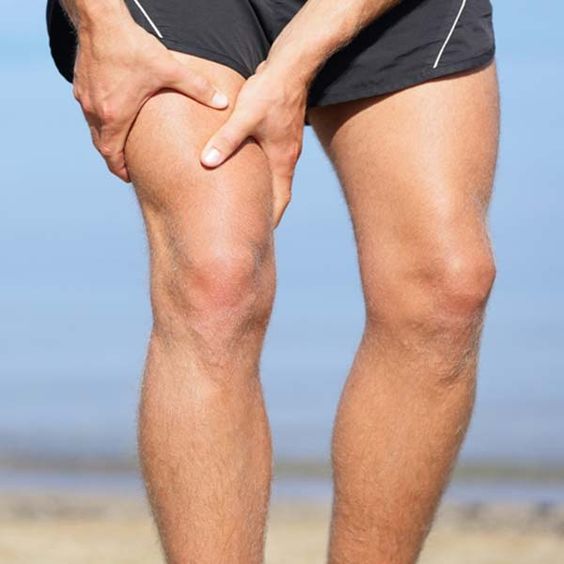Introduction:
A muscle strain, often called a pulled muscle, occurs when muscle fibers stretch or tear due to overexertion or sudden force. This common injury can affect various muscles throughout the body, causing pain, limited range of motion, and difficulty performing everyday activities. Understanding the causes, symptoms, and treatment options for muscle strains is crucial for proper management and a safe return to activity.

Muscle strains are classified into three grades based on severity. A grade 1 strain involves mild stretching of muscle fibers with minimal tearing, resulting in localized pain and mild tenderness. A grade 2 strain signifies a partial tear of muscle fibers, leading to more intense pain, swelling, and noticeable muscle weakness. A grade 3 strain represents a complete muscle tear, causing severe pain, extensive bruising, and significant functional impairment.
Causes of Muscle Strains:
Muscle strains frequently result from sudden movements like sprinting, jumping, or lifting heavy objects. However, even gradual overuse or repetitive motions can lead to strains over time. Several factors increase the risk of muscle strains, including:
- Inadequate warm-up: Muscles that haven't been properly warmed up are more susceptible to injury during physical activity.
- Poor flexibility: Limited flexibility restricts the range of motion, making muscles more prone to tearing.
- Muscle fatigue: Tired muscles are less able to withstand stress, increasing the likelihood of strains.
- Previous muscle injuries: Muscles weakened by prior strains are at a higher risk of re-injury.
Symptoms of Muscle Strains:
The symptoms of a muscle strain can vary depending on the severity and location of the injury. Common symptoms include:
- Sudden onset of pain: Pain may be sharp and intense at the time of injury or gradually worsen over time.
- Swelling and inflammation: The affected area may exhibit visible swelling and tenderness.
- Muscle spasms: Involuntary muscle contractions can cause pain and stiffness.
- Limited range of motion: Movement in the affected area may be restricted due to pain and muscle tightness.
- Bruising: Discoloration of the skin around the injured muscle may occur.
Treatment for Muscle Strains:
Treating a muscle strain typically involves conservative measures aimed at reducing pain, promoting healing, and restoring function. The initial approach often follows the RICE protocol:
- Rest: Avoid activities that strain the injured muscle, allowing it time to heal.
- Ice: Apply ice packs to the affected area for 15-20 minutes at a time, several times a day, to reduce pain and inflammation.
- Compression: Use a compression bandage to support the injured muscle and minimize swelling.
- Elevation: Keep the injured area elevated above the heart to help reduce swelling.
Over-the-counter pain relievers like ibuprofen or naproxen can help manage pain and inflammation. In some cases, a doctor may recommend stronger pain medication or muscle relaxants. Physical therapy can play a vital role in rehabilitation, helping to restore strength, flexibility, and range of motion.

.jpg)